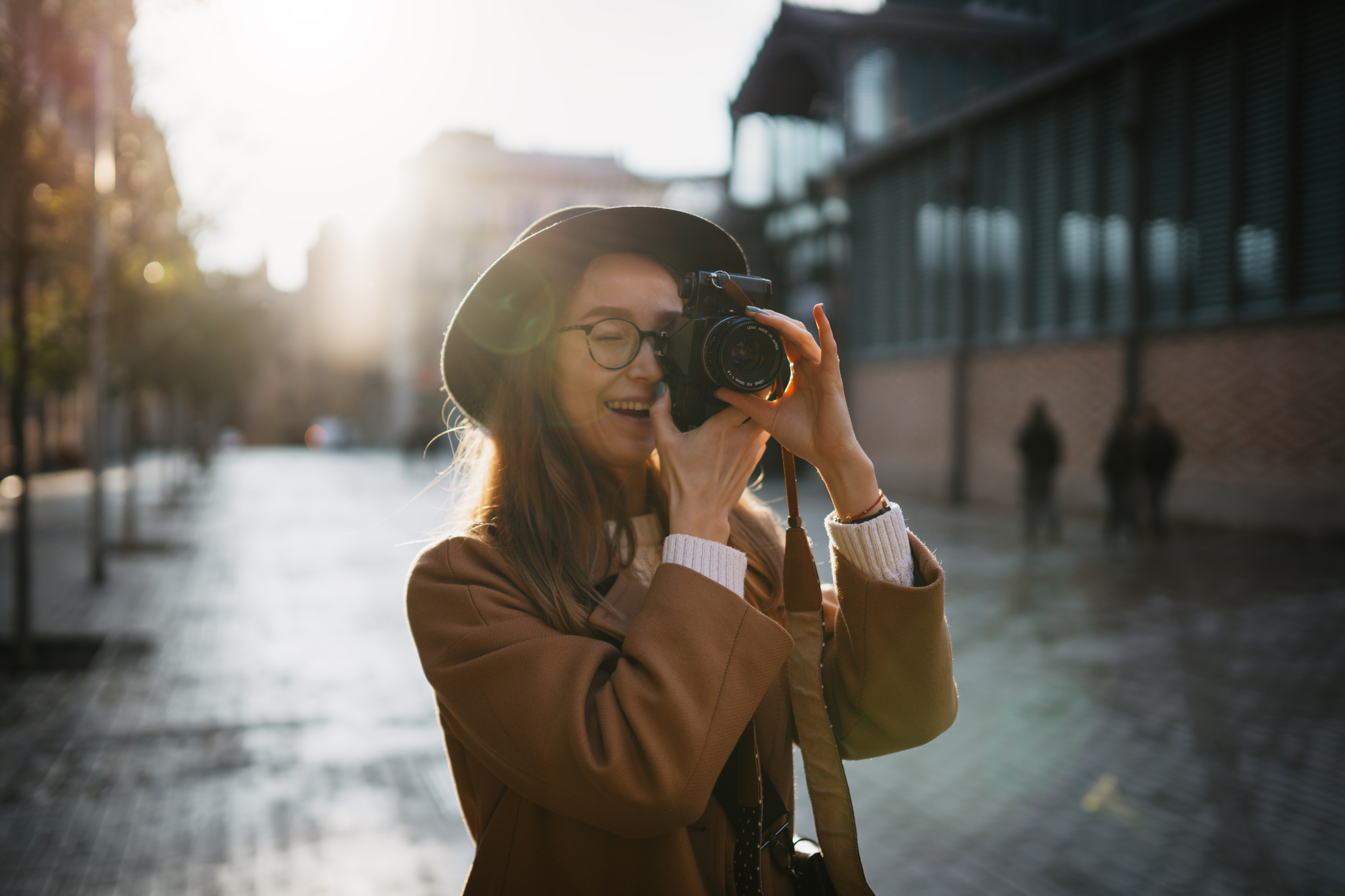What is the Sunny 16 rule?
Back in the days of film photography, there was no option to check your image on screen after the shot. Photographers had to work very carefully with exposure and set it with the help of external light meters. These separate devices measure the amount of light at a scene and suggest the needed aperture and shutter speed (in film photography, ISO is fixed because it indicates the light sensitivity of the film you put in your camera). But what would you do if you forgot your handheld light meter? Well, there is the Sunny 16 rule which helps photographers easily calculate settings for exposure. As the name implies, the Sunny 16 rule is used on sunny and clear days. When you shoot a well-lit scene with no clouds and harsh shadows and use aperture f/16, your shutter speed is inverse of your ISO level. For instance, if you choose ISO 200, the shutter speed will be 1/200. Setting ISO at 100 will make you change the shutter speed to 1/100. Using the Sunny 16 rule doesn’t guarantee perfect exposure. However, it is a great starting point even at the times of digital photography. You can easily choose your settings according to lighting conditions and then fix it further after you’ve made some shots and checked them out on your screen.
Sunny 16 rule in the exposure triangle
The Sunny 16 rule is based on the correlation between aperture, shutter speed, and ISO. Together, they are called the exposure triangle. Understanding how to adjust the three settings responsible for exposure is crucial for any photographer. These settings are interconnected, and adjusting just one is not an option in most cases since all of them influence how much light exposes your camera’s sensors. Aperture is a ‘hole’ in your lens that lets light through it. Shutter speed indicates for how long your shutter curtain is open, allowing light to reach the sensors. ISO level shows the light sensitivity of your sensors at a certain moment. Although any digital camera has a built-in light meter these days, it might be quite hard for a beginner photographer to adjust these settings so that they bring in the correct exposure together. The Sunny 16 rule is something that can help them a lot to understand how shutter speed, ISO, and aperture are interlinked.









